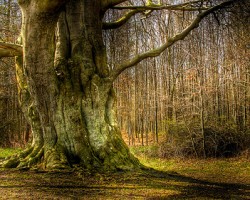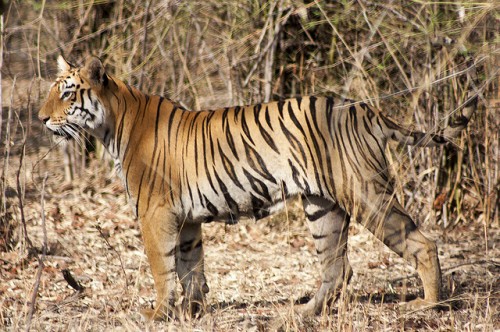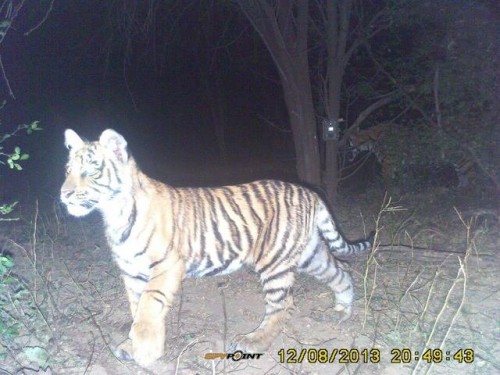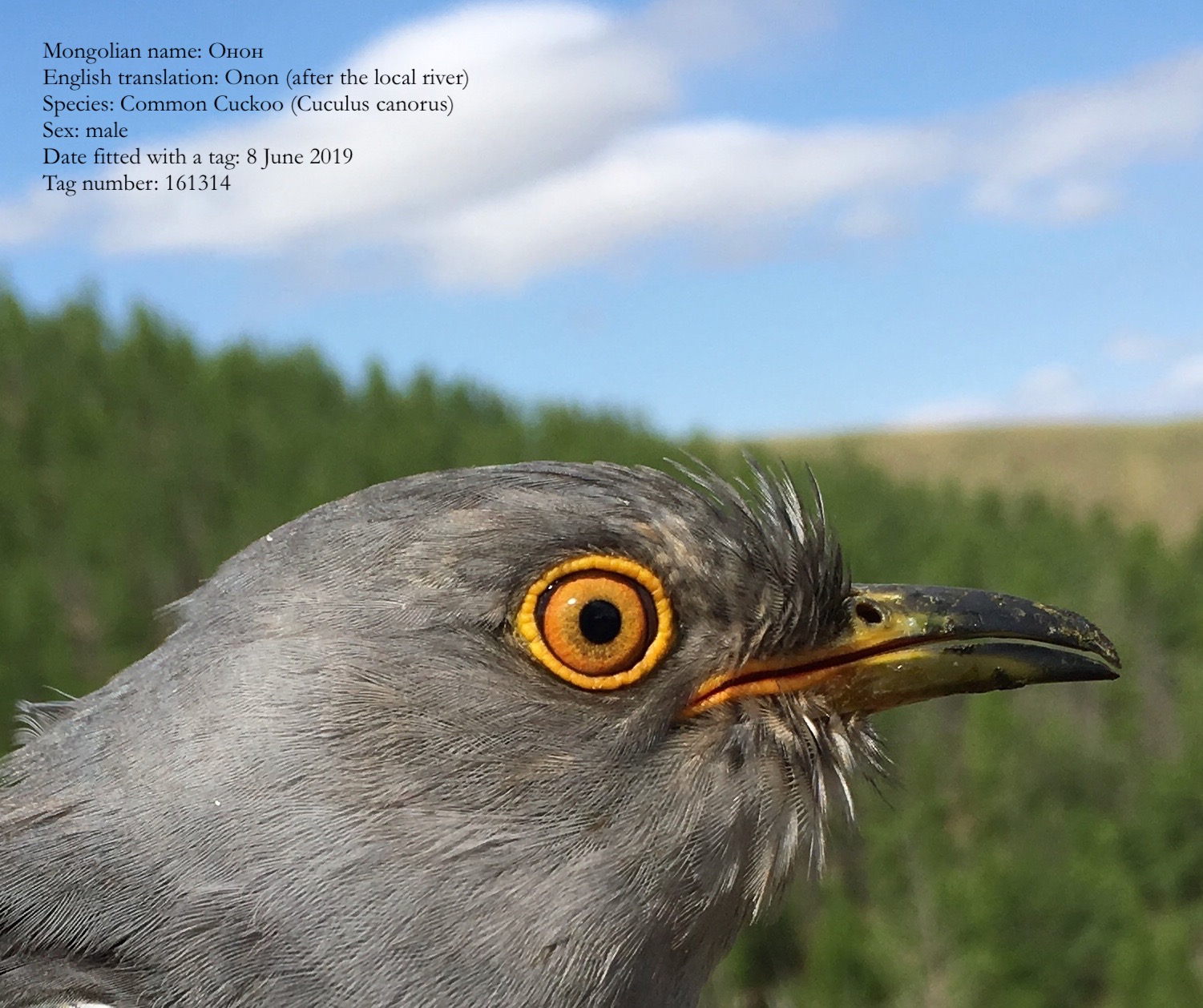BREAKTHROUGH: Old trees have much to give to the world. Flowers, fruits, shade, wisdom and as new research points out – respite from the ill effects of global warming. According to an international group of scientists led by Dr Nate Stephenson of the US Geological Survey, most tree species grow much faster as they age and this in turn helps in capturing much more carbon from the atmosphere than younger trees.
Trees do not Age like Humans
In human beings after adolescence, no more true growth occurs (an increase in cell number) and new cells are solely used for regeneration purposes. But according to a research published in the Journal Nature, growth in old trees increases as they age and therefore the ability to sequester carbon from the atmosphere increases too, reducing the effects of climate change.
The researchers observed 673,046 individual trees belonging to 403 tropical and temperate species some of which were more than 80 years old. They found that rather than slowing down growth after a certain age, these trees were growing much more than younger trees affectively capturing more carbon.
“Rather than slowing down or ceasing growth and carbon uptake, as we previously assumed, most of the oldest trees in forests around the world actually grow faster, taking up more carbon. A large tree may put on weight equivalent to an entire small tree in a year,” said co-author Dr Richard Condit from the Smithsonian Tropical Research Institute.
Dr. Stephenson adds that this extraordinary phenomenon is not limited to certain species,
“Extraordinary growth of some species, such as Australian mountain ash – also known as eucalyptus – (Eucalyptus regnans), and the coast redwood (Sequoia sempervirens) is not limited to a few species,” Dr Stephenson said. “Rather, rapid growth in giant trees is the global norm and can exceed 600 kg per year in the largest individuals. In human terms, it is as if our growth just keeps accelerating after adolescence, instead of slowing down. By that measure, humans could weigh half a ton by middle age, and well over a ton at retirement.”
The report includes studies from the Pacific Northwest. One team of scientists worked in forest plots – some created as early as the 1930s – at the H.J. Andrews Experimental Forest east of Eugene and Mount Rainier National Park. Researchers measured growth in Douglas-fir, western hemlock, Sitka spruce, western red cedar and silver fir.
Another team in Africa established a forest research site in Cameroon in 1996. They measured growth in about 495 tree species.
“This report would not have been possible without long-term records of individual tree growth. It was remarkable how we were able to examine this question on a global level, thanks to the sustained efforts of many programs and individuals,” added co-author Dr Mark Harmon of Oregon State University.
The study also found though that while individual trees grew more as they aged, when it came to a stand of trees, some of them died eventually reducing the overall impact of their group’s carbon capture.
Importantly, the research shows how much more valuable old trees are in the modern world, with increasing greenhouse gases being exhaled into the atmosphere. Instead of axing an ancient tree to widen roads and create more space for urban buildings, it is surely wiser to let these old mates grow and keep absorbing the foul gases for our own benefit.
More Related Stories,
How Do Plants Tell the time of Day?
What Triggers Tree to Sprout after Forest Fire
Carnivorous Plants Emit Blue Glow to Attract Prey
Image via cc/Flickr by Guyon Moree







3 thoughts on “Older Trees fight Global Warming better than Younger ones”